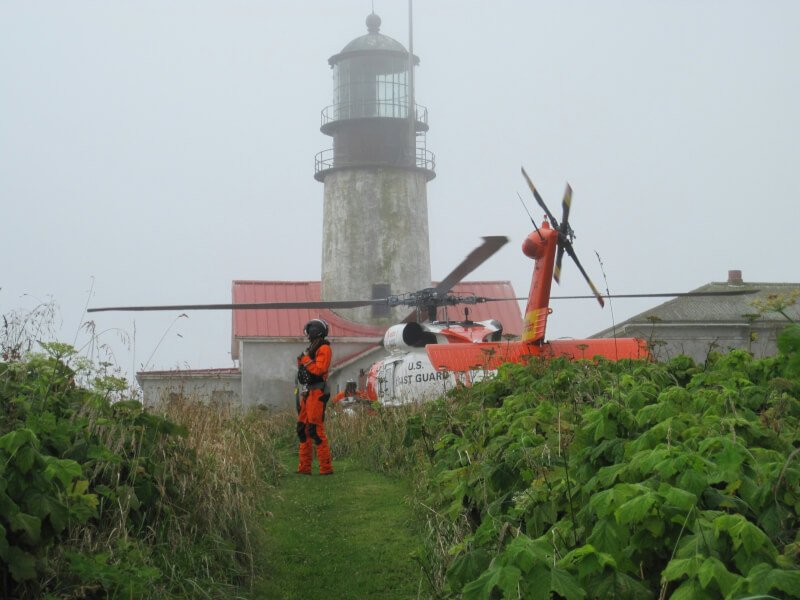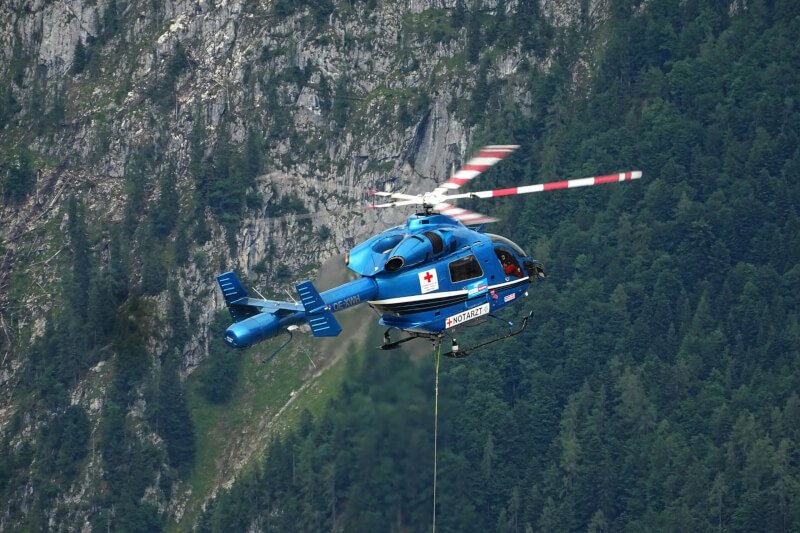Ladies and gentlemen, buckle up your seatbelts and get ready for an exhilarating ride as we uncover the secret to performing perfect RC helicopter takeoffs. Whether you’re a seasoned pilot or just starting out, mastering the art of takeoff is crucial for a smooth and controlled flight. In this article, we will unveil the key techniques and tips that will have you soaring through the skies in no time. So grab your remote control and let’s unlock the secret to a flawless takeoff!
Understanding the Controls
Mastering the Transmitter
To successfully fly an RC helicopter, it is crucial to have a good understanding of the controls, especially the transmitter. The transmitter is the device that you hold in your hands and use to control the helicopter’s movements. Familiarizing yourself with the layout and functions of each button, switch, and stick on the transmitter is essential before attempting to fly.
Take the time to read the instruction manual that comes with your transmitter and learn about its features. Practice maneuvering the sticks and pressing the buttons to get a feel for how they work. The more comfortable you are with the transmitter, the easier it will be to control the helicopter during flight.
Knowing the Functions of Each Stick
The sticks on the transmitter are your primary tools for controlling the helicopter’s movements. There are usually two sticks – one for controlling the throttle (up and down movement) and another for controlling the direction (left and right movement).
The throttle stick is responsible for controlling the helicopter’s speed and altitude. Pushing the throttle stick forward increases the speed and causes the helicopter to ascend, while pulling it back decreases the speed and results in a descent.
The direction stick, also known as the cyclic stick, allows you to control the helicopter’s lateral movements. Pushing the stick to the right or left will make the helicopter move in that direction, while pushing it forward or backward will make the helicopter tilt forward or backward.
Understanding the functions of each stick and how they interact with one another is crucial to maintain control and stability during flight. Practice using the sticks together to perform smooth and precise movements before attempting more complex maneuvers.
Pre-flight Checklist
Checking the Battery Levels
Before taking off with your RC helicopter, it is essential to check the battery levels to ensure you have ample power for your flight. Begin by turning on both the helicopter and the transmitter, then check the battery indicators on both devices.
Look for any low battery warnings or indicators that show the remaining power. If the batteries are low, it is crucial to recharge them before attempting a flight. Flying with low battery levels can lead to unexpected power loss, which can result in a crash or loss of control.
Inspecting the Helicopter for Any Damage or Loose Parts
Another important step in the pre-flight checklist is to thoroughly inspect the helicopter for any damage or loose parts. Carefully examine the main rotor blades, tail rotor, landing skids, and any other crucial components. Look for any signs of cracks, bends, or other visible damage.
Check that all screws and connectors are secure and not loose. If you find any loose parts, tighten them appropriately before flying. Flying with loose or damaged parts can jeopardize the stability and control of the helicopter and pose a safety risk.
Regularly inspecting your RC helicopter before each flight will help ensure its optimal performance and longevity while also preventing any unnecessary accidents or damage during flight.

Check the Environment
Choosing the Right Flying Area
Selecting the right flying area is crucial for a successful and safe flight. Look for an open area free from obstacles such as trees, buildings, or power lines. A clear field or a large open space, such as a park or a dedicated RC helicopter flying area, is ideal.
Avoid flying in areas with high foot traffic to minimize the risk of accidents or injuries. It is also important to respect designated no-fly zones and follow any local regulations or restrictions related to RC aircraft.
Assessing the Wind Conditions
Wind conditions can significantly affect the stability and control of an RC helicopter. Before taking off, assess the wind conditions by observing the movement of trees, flags, or other objects in the area. If you notice strong gusts or turbulent winds, it may be best to postpone the flight.
Strong winds can make it difficult to maintain control of the helicopter, especially for beginners. If you do decide to fly in windy conditions, exercise extra caution, and be prepared to make adjustments to counteract the effects of the wind.
Checking the wind conditions and choosing an appropriate flying area are essential steps to ensure a safe and enjoyable flight experience with your RC helicopter.
Proper Positioning
Finding a Stable Surface
Before taking off, it is crucial to find a stable surface to place your helicopter on. Look for a level and flat area, preferably a hard surface such as concrete or asphalt. Avoid grassy or uneven surfaces as they can impact the stability of the helicopter during takeoff.
Ensure that there are no small pebbles, loose objects, or debris on the surface that could interfere with the helicopter’s rotors. Even small obstructions can cause the helicopter to become unstable during takeoff and potentially lead to a crash.
Positioning Yourself and the Helicopter
Positioning yourself and the helicopter correctly is essential for maintaining control and visibility during flight. Stand behind the helicopter, keeping a safe distance to avoid any accidental injuries.
Position the helicopter so that it is facing away from you, with the rear of the helicopter pointing towards you. This positioning is standard for most RC helicopter flights and ensures that your control inputs align with the direction the helicopter should move.
Proper positioning helps to create a clear line of sight, allowing you to see the helicopter and its movements accurately. It also ensures that your control inputs are consistent with the orientation of the helicopter, making it easier to maneuver and control during flight.

Smooth Throttle Control
Gradually Increasing Throttle
When it comes to throttle control, smoothness is key. Start by slowly and gradually increasing the throttle to lift the helicopter off the ground. Rapidly increasing throttle can cause the helicopter to ascend too quickly and become unstable.
As you increase the throttle, observe how the helicopter responds. If you notice any instability or wobbling, decrease the throttle slightly to regain control. Gradually increasing the throttle allows you to maintain stability and establishes a smooth takeoff.
Avoiding Sudden Movements
In addition to gradual throttle control, it is essential to avoid sudden movements during takeoff. Jerky or abrupt movements can throw off the helicopter’s balance and potentially lead to a crash.
Ensure that your control inputs are smooth and steady, making small adjustments as needed. Slow and deliberate movements enable you to maintain control and stability, especially during the critical takeoff phase.
Maintaining smooth throttle control and avoiding sudden movements will help you achieve a stable and controlled takeoff with your RC helicopter.
Maintaining Balance
Keeping the Helicopter Level
Maintaining a level flight is important to ensure stability and control. During takeoff, keep an eye on the helicopter’s orientation and make necessary adjustments to keep it balanced.
Use small control inputs to prevent the helicopter from tilting or rolling to one side. If you notice the helicopter leaning to one side, gently adjust the control sticks to level it out.
Keeping the helicopter level during takeoff sets a solid foundation for the rest of the flight and allows you to maintain control and stability.
Avoiding Tilting or Leaning
In addition to keeping the helicopter level, it is crucial to avoid excessive tilting or leaning during takeoff. A slight tilt or lean is normal during maneuvers, but too much can lead to instability and loss of control.
Focus on maintaining a smooth and controlled ascent without tilting or leaning excessively. Practice small and precise movements with the control sticks to keep the helicopter in a stable and upright position.
Ensuring the helicopter remains balanced and avoiding excessive tilting or leaning will contribute to a smooth takeoff and help maintain control throughout the flight.

Easing into Flight
Slowly Lifting off the Ground
During takeoff, it is important to ease into flight gradually. As you increase the throttle to lift the helicopter off the ground, do so slowly and steadily. Be patient and allow the helicopter to gain altitude at a controlled pace.
Avoid rushing or forcing the helicopter to lift off quickly, as this can lead to instability and loss of control. Take your time and ensure that the helicopter is stable and steady before proceeding further.
Maintaining a Steady Vertical Climb
As the helicopter lifts off the ground, focus on maintaining a steady vertical climb. Use small adjustments to the throttle and direction stick to keep the helicopter moving straight up.
Avoid making sudden or drastic changes in altitude during the initial ascent. Gradual adjustments will help maintain a stable and controlled climb, allowing you to continue the flight smoothly.
Monitoring Altitude
Avoiding Excessive Ascending or Descending
Once the helicopter is in flight, it is important to monitor its altitude and avoid excessive ascending or descending. Maintain a constant altitude unless intentional maneuvers require adjustments.
Avoid sudden descents, as they can cause the helicopter to lose control and potentially crash. Similarly, ascending too rapidly can lead to instability and difficulties in maintaining control.
Smooth and subtle adjustments to the throttle and control sticks will help you maintain a stable altitude and ensure a controlled flight.
Keeping an Eye on the Helicopter’s Height
Throughout the flight, it is crucial to keep a constant eye on the helicopter’s height. Maintain visual contact with the helicopter and be aware of changes in altitude.
By closely monitoring the helicopter’s height, you can anticipate any potential issues and make adjustments as needed. This will help you maintain control and ensure a safe and enjoyable flight experience.

Adapting to Wind
Applying Corrections to Counteract Wind
Flying in windy conditions can be challenging, but with the right adjustments, it is possible to maintain control and stability. When encountering wind, it is crucial to apply corrections to counteract its effects.
If the wind is pushing the helicopter to one side, gently adjust the direction stick to counteract the drift. Make small and gradual corrections to maintain the desired flight path.
Keep in mind that wind conditions can change, so continuously assess and adjust your control inputs as needed to adapt to the changing wind conditions.
Adjusting the Helicopter’s Angle
In addition to counteracting wind drift, adjusting the helicopter’s angle can also help maintain control in windy conditions. Tilt the direction stick slightly in the opposite direction of the wind to compensate for any wind-induced movement.
By adjusting the helicopter’s angle, you can improve stability and decrease the likelihood of the wind pushing the helicopter off course.
Practice and Patience
Repeating Takeoffs to Improve Skills
As with any skill, practice is key to mastering RC helicopter takeoffs. The more you practice, the more comfortable you will become with the controls and the various movements involved in a successful takeoff.
Set aside regular practice sessions to focus specifically on takeoffs. Repeat the process, gradually increasing the difficulty and complexity of the takeoffs as your skills improve.
By practicing takeoffs regularly, you will gain confidence and improve your ability to perform smooth and controlled takeoffs with your RC helicopter.
Being Patient with the Learning Process
Learning to fly an RC helicopter takes time and patience. It is normal to make mistakes and encounter challenges along the way. Be patient with yourself and embrace the learning process.
Don’t get discouraged if you don’t achieve perfect takeoffs right away. Take the time to analyze your flights, identify areas for improvement, and make adjustments accordingly.
Remember that flying RC helicopters is meant to be enjoyable. Embrace the learning journey, celebrate small successes, and have fun as you develop your skills.
In conclusion, understanding the controls, conducting a pre-flight checklist, checking the environment, positioning yourself and the helicopter correctly, practicing smooth throttle control, maintaining balance, easing into flight, monitoring altitude, adapting to wind conditions, and practicing with patience are all essential steps for performing perfect RC helicopter takeoffs. By following these guidelines and investing time in honing your skills, you will be well on your way to experiencing smooth and successful takeoffs with your RC helicopter.


